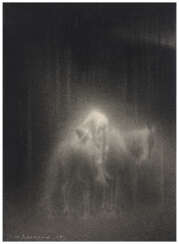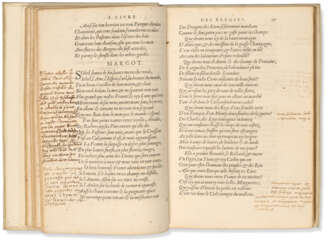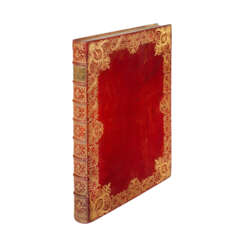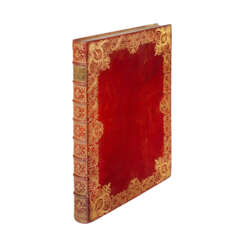paul nicolas. d&
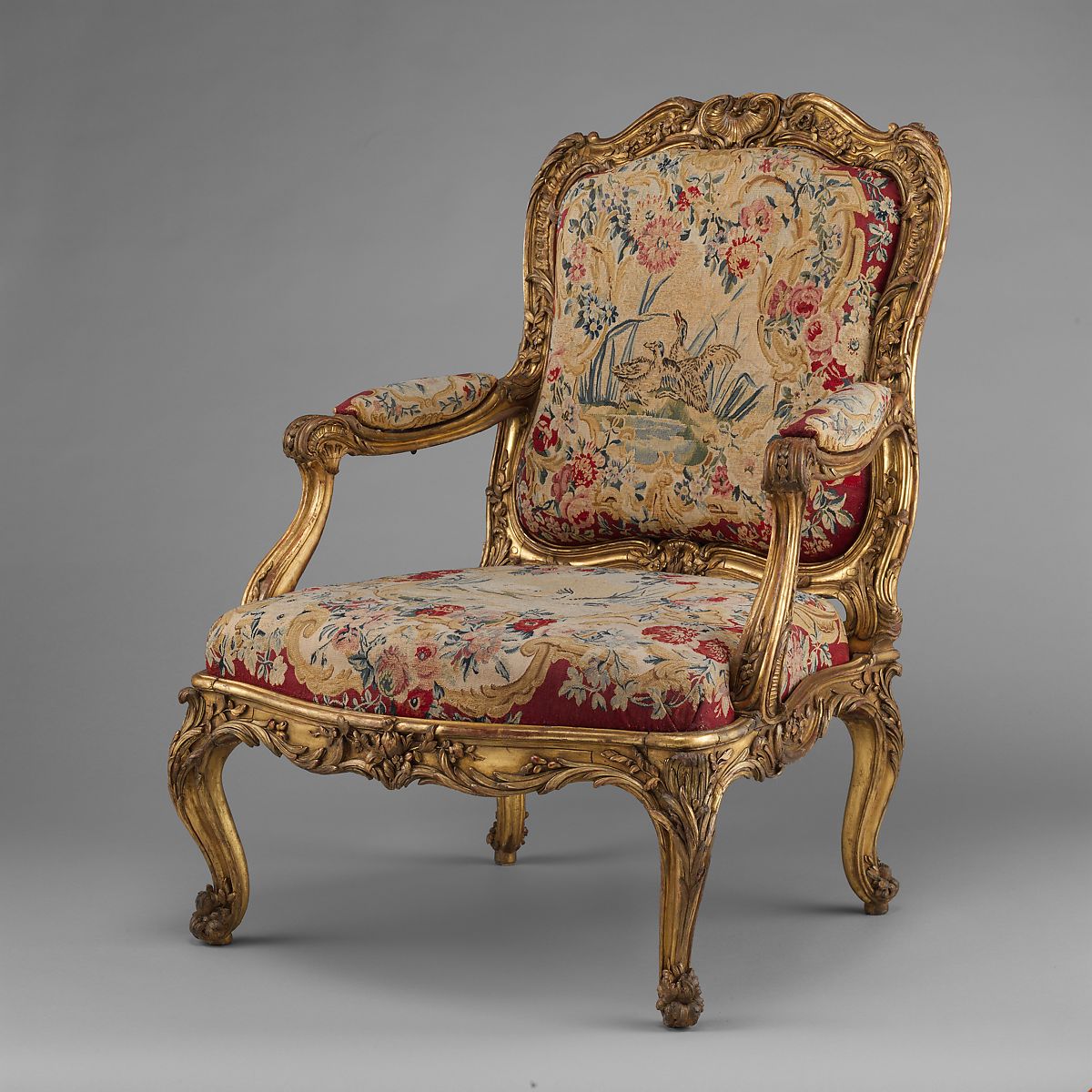
Nicolas-Quinibert Foliot was an 18th century French cabinetmaker. He was the supplier of furniture for the castles of Versailles, Fontainebleau and Compiègne.
All of his works are distinguished by luxury. The lines are balanced and elegant, the carvings are numerous and executed subtly and tastefully.


Paul Signac, a French Neo-Impressionist painter, played a pivotal role in the development of the Pointillist style alongside Georges Seurat. Born on November 11, 1863, in Paris, Signac's artistic journey was marked by significant collaborations and encounters, including meeting Vincent van Gogh and Toulouse Lautrec in Paris. His relationship with van Gogh was notably influential, as they painted together at Asnières-sur-Seine, focusing on river landscapes and cafés.
Signac was deeply invested in anarchist ideas, which he explored through his readings of Élisée Reclus, Kropotkin, and Jean Grave. His political leanings were also evident in his art, as seen in his 1893 painting, "In the Time of Harmony," which was initially titled "In the Time of Anarchy." This change was necessitated by the political repression of anarchists in France at the time.
A lover of sailing, Signac began traveling in 1892, which greatly influenced his art. He would sail to various ports, bringing back vibrant watercolors sketched from nature. These sketches later served as the basis for his larger studio canvases, which were composed of small, mosaic-like squares of color, differing from Seurat's tiny, variegated dots.
Signac's contribution to art extended beyond his own works. As president of the Société des Artistes Indépendants from 1908 until his death, he encouraged younger artists and exhibited controversial works of the Fauves and Cubists. He was notably the first patron to buy a painting by Henri Matisse, demonstrating his support for emerging artists.
In his personal life, Signac married Berthe Roblès on November 7, 1892, and his interactions with other artists, including Henri Matisse and André Derain, were instrumental in the evolution of Fauvism. Despite initially not admiring the Fauve style, Signac played a decisive role in its development.
Signac's impact on culture, art, and painting is undeniable. His works, found in various museums and galleries, continue to inspire art collectors and experts. For those interested in exploring Signac's contributions further, signing up for updates on new product sales and auction events related to Paul Signac is highly recommended. This subscription is an excellent way for collectors and art experts to stay informed about the latest developments and opportunities related to Signac's enduring legacy.


Nicolas-Quinibert Foliot was an 18th century French cabinetmaker. He was the supplier of furniture for the castles of Versailles, Fontainebleau and Compiègne.
All of his works are distinguished by luxury. The lines are balanced and elegant, the carvings are numerous and executed subtly and tastefully.
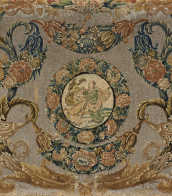

Nicolas-Quinibert Foliot was an 18th century French cabinetmaker. He was the supplier of furniture for the castles of Versailles, Fontainebleau and Compiègne.
All of his works are distinguished by luxury. The lines are balanced and elegant, the carvings are numerous and executed subtly and tastefully.



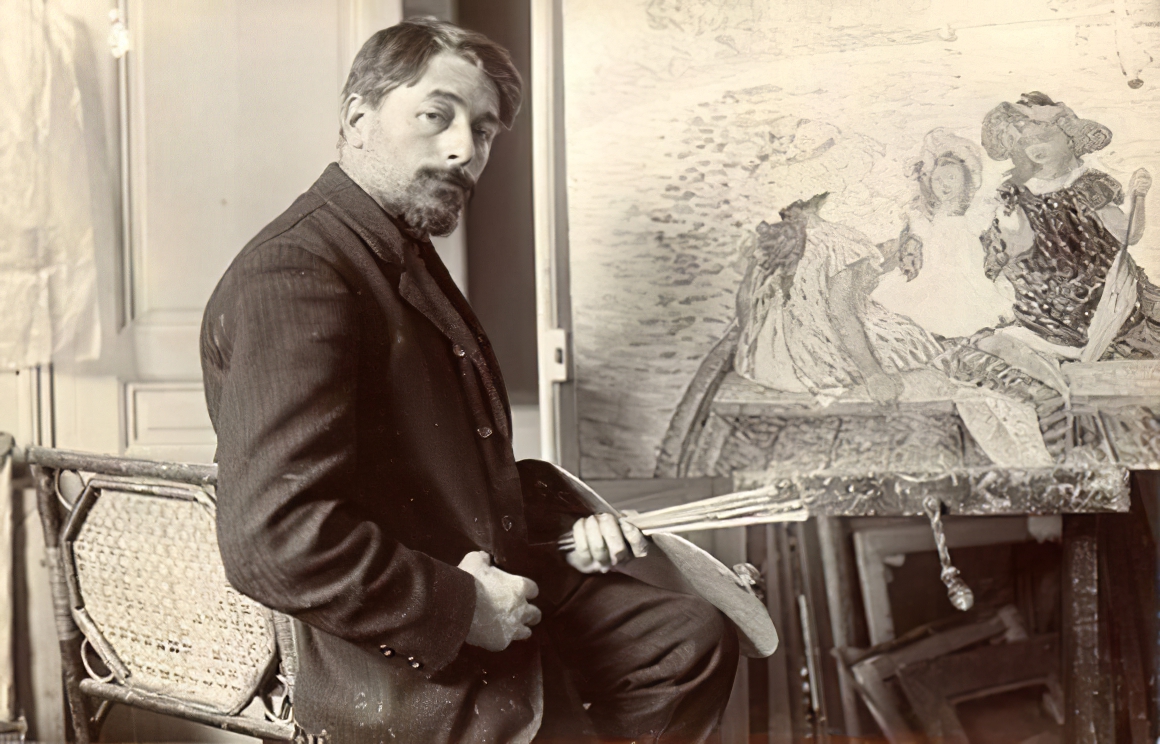
Henri Lebasque was a renowned French post-impressionist painter, celebrated for his vibrant use of color and light, earning him the nickname "the painter of joy and light." Henri Lebasque's artistic journey began at the École régionale des beaux-arts d'Angers, eventually leading him to Paris to study under Léon Bonnat. His interactions with prominent artists like Camille Pissarro, Auguste Renoir, Édouard Vuillard, and Pierre Bonnard deeply influenced his style, particularly his understanding of color theory from Georges Seurat and Paul Signac.
Henri Lebasque was a pivotal figure in the Salon d'Automne, co-founding it in 1903 alongside Henri Matisse. His art evolved significantly after moving to the South of France, where the luminous landscape inspired a transformation in his color palette. His works, which include landscapes, nudes, and domestic scenes, are distinguished by their light-filled and tender representations, capturing the essence of his surroundings.
Henri Lebasque's paintings are held in prestigious museums such as the Musée d'Orsay in Paris and the Museum of Fine Arts of Nancy. His piece "Sous la lampe" from 1904 is an example of his work featured in a museum collection.
For those intrigued by Henri Lebasque's art and wishing to explore more about his contributions to post-impressionism, consider signing up for updates. This subscription will keep you informed about new product sales and auction events related to Lebasque's works, ensuring you stay connected to the vibrant world of art and antiques.

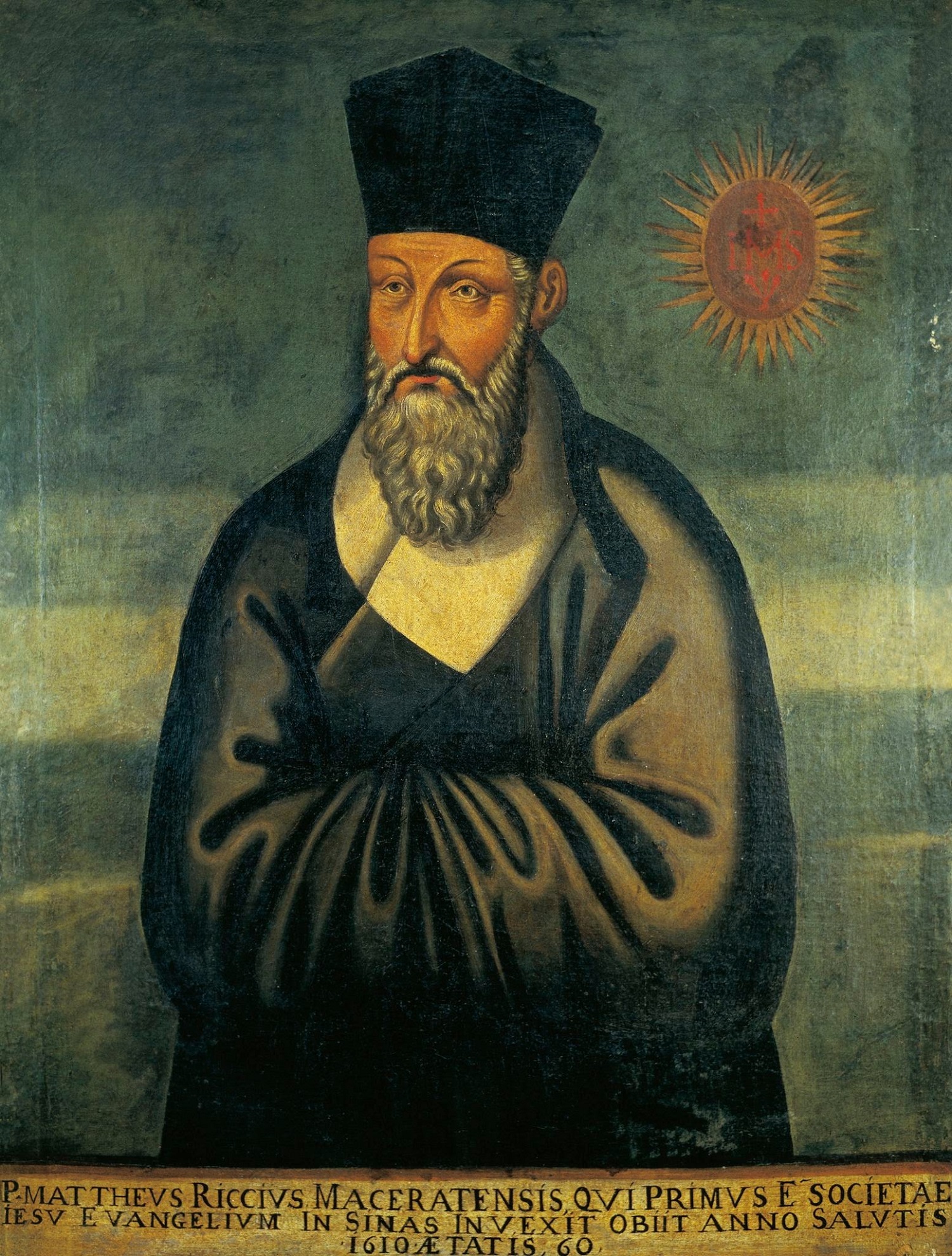
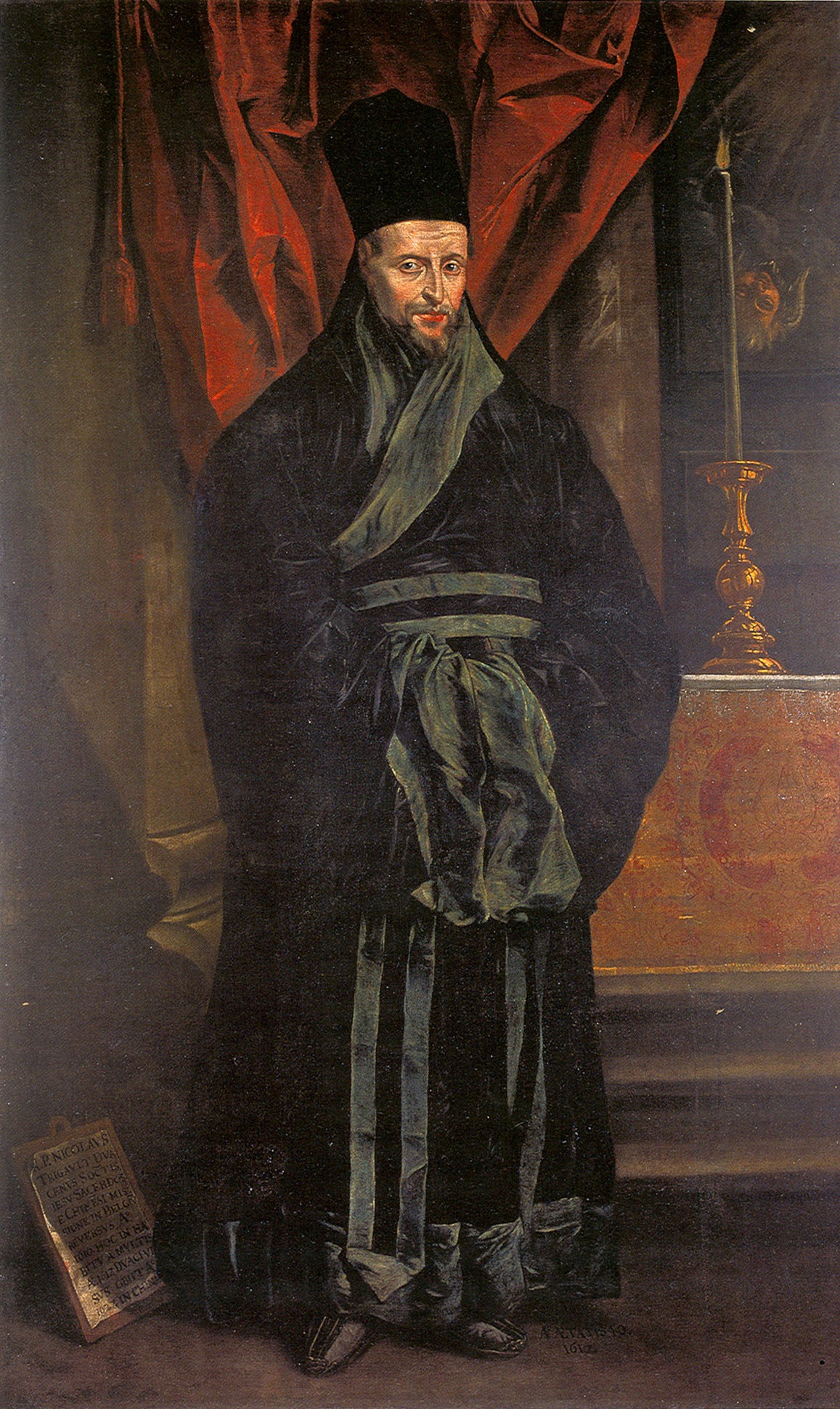

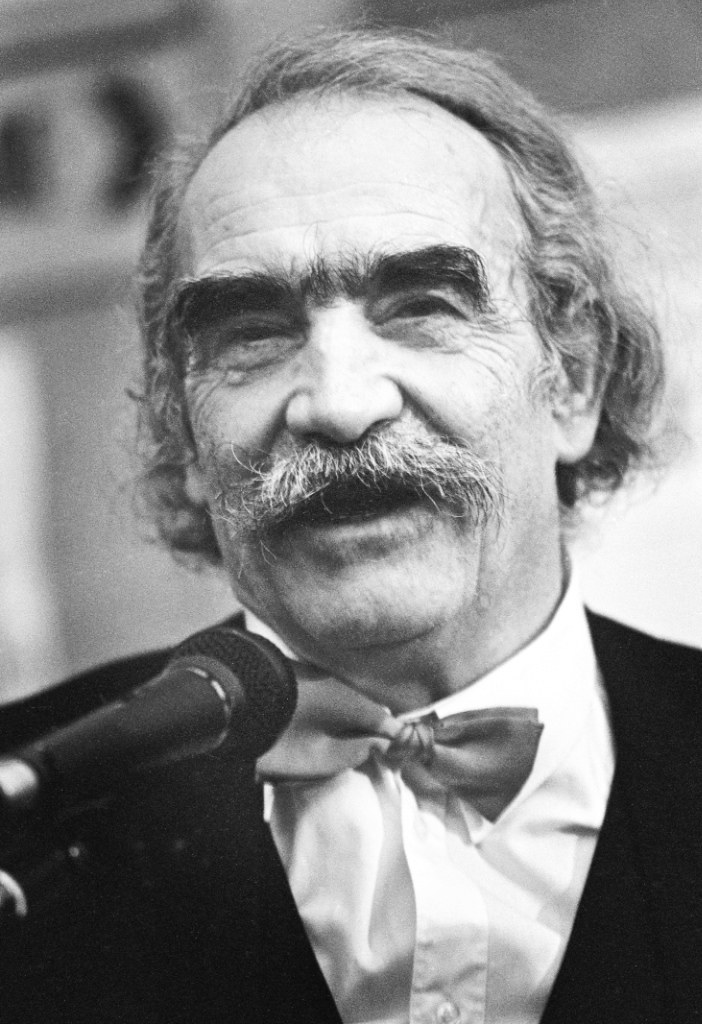
Jean Tinguely, a Swiss sculptor born in Fribourg, Switzerland, in 1925, carved a unique niche in art history with his kinetic sculptures, integrating movement and self-destruction into his works. Notably, his pieces extend the Dada tradition into the latter part of the 20th century, satirizing automation and the technological overproduction of material goods. Tinguely's innovative approach is exemplified in his Metamatic drawing machines, allowing viewers to create abstract images automatically, and his spectacular self-destroying sculpture "Homage to New York" at MoMA in 1960, showcasing his flair for blending performance and art.
His artistry evolved through collaboration with other artists, including his wife Niki de Saint Phalle, leading to vibrant, large-scale projects like the colorful "Stravinsky Fountain" near the Centre Pompidou in Paris. Tinguely's works, characterized by their use of scrap metal and mechanical parts, not only challenge the conventional boundaries of art but also engage with themes of destruction, renewal, and the intersection of art and life. His significant contributions to kinetic art and his involvement with the Nouveau Réalisme group highlight his pioneering role in post-war European art.
Tinguely's legacy is preserved in the Museum Tinguely in Basel, dedicated to his life and work, ensuring his innovative spirit continues to inspire. His works, such as "Méta-Harmonie" and the "Carnival Fountain" in Basel, remain influential, blending artistic exploration with mechanical invention.
For art collectors and experts, Tinguely's creations represent not only significant artistic achievements but also compelling investments, as his works continue to command high prices at auctions, reflecting their enduring appeal and historical importance.
To stay updated on sales and auction events featuring Jean Tinguely's art, sign up for updates. This subscription will ensure you're informed about new opportunities to explore and acquire pieces by this visionary artist, bringing the dynamic energy of kinetic art into your collection.

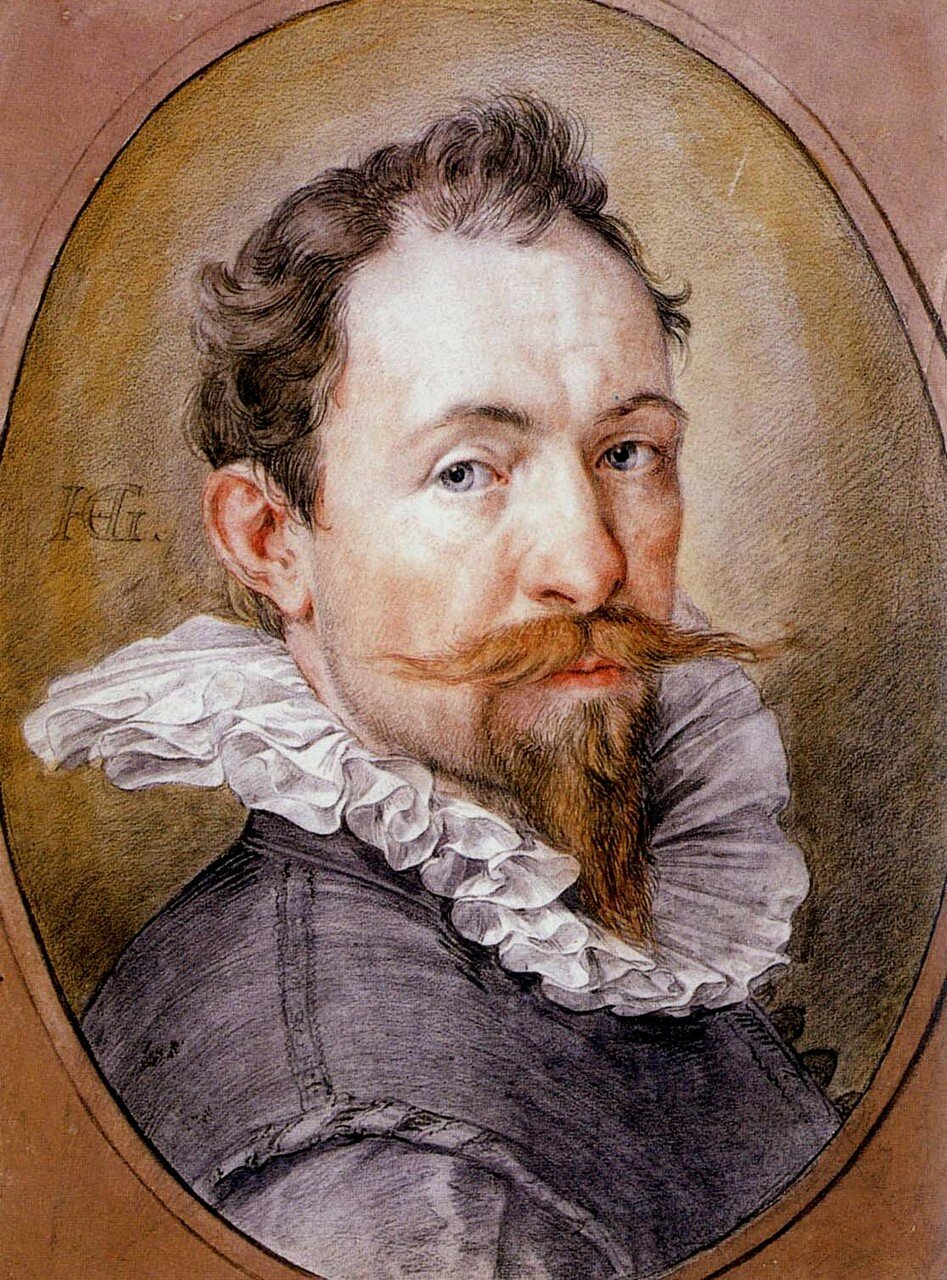
Hendrick Goltzius was a German-born Dutch printmaker, draftsman, and painter. He was the leading Dutch engraver of the early Baroque period, or Northern Mannerism, lauded for his sophisticated technique, technical mastership and "exuberance" of his compositions. According to A. Hyatt Mayor, Goltzius "was the last professional engraver who drew with the authority of a good painter and the last who invented many pictures for others to copy". In the middle of his life he also began to produce paintings.


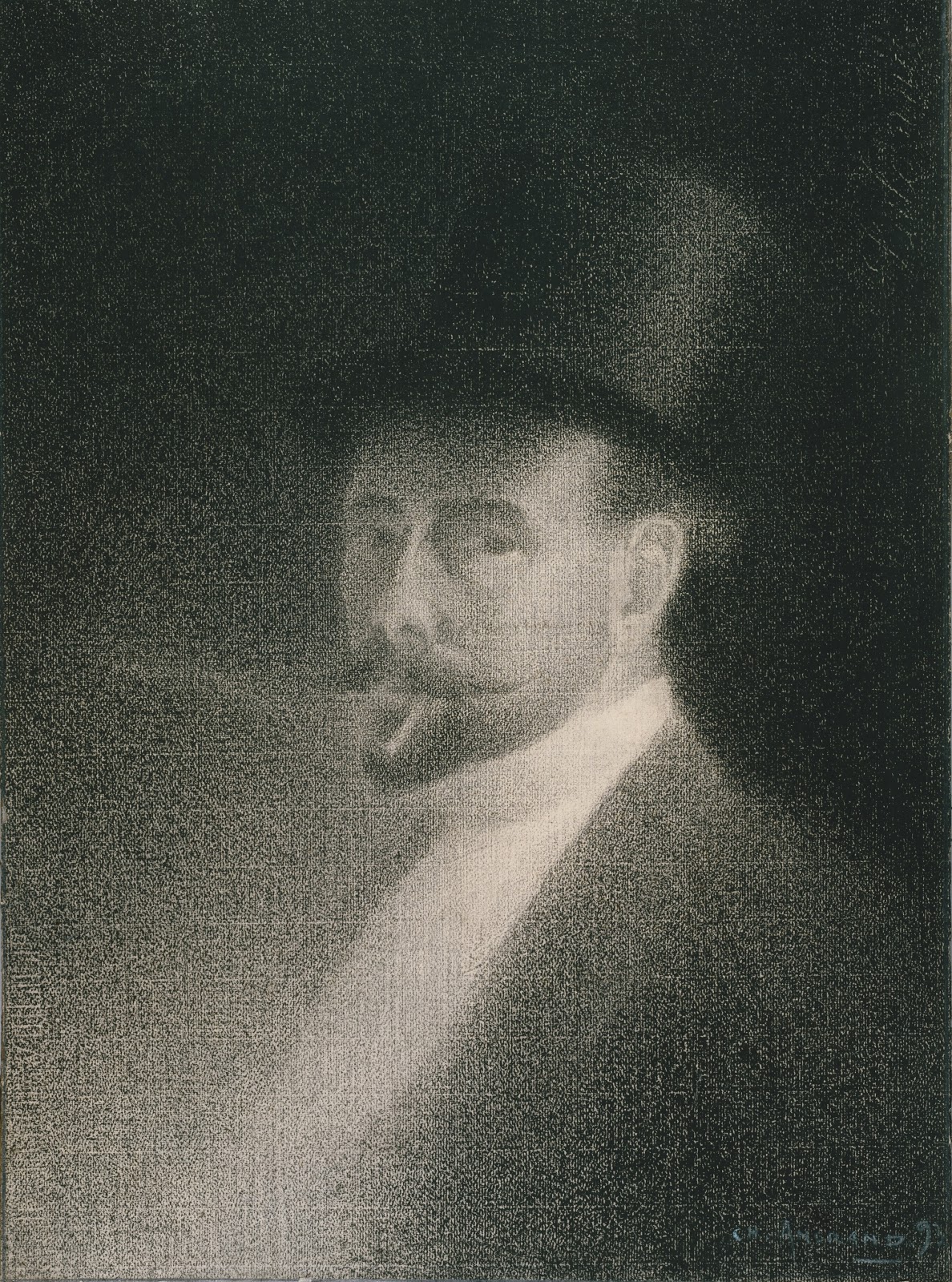
Charles Angrand was a French painter and draftsman known for his Pointillist style and depictions of rural life. Born in Normandy, Angrand moved to Paris in his youth to study art. He was initially influenced by the Realist and Impressionist movements, but later developed his own style of Pointillism, which he applied to landscapes, cityscapes, and genre scenes.
Angrand's Pointillist technique involved the use of small, distinct dots of color that, when viewed from a distance, blended together to create the impression of a more vibrant and luminous image. His work often focused on the people and landscapes of rural France, and he was particularly interested in the effects of light and atmosphere on his subjects.
Angrand exhibited his work at many important exhibitions, including the Salon des Indépendants and the Salon d'Automne in Paris. He was also involved in the Neo-Impressionist movement, which sought to explore the scientific principles of color and optics in painting.
Despite his contributions to the development of Pointillism, Angrand's work was largely forgotten after his death, and it was not until the mid-20th century that he began to be rediscovered by art historians and collectors. Today, his paintings are represented in many important collections, including the Musée d'Orsay in Paris and the Art Institute of Chicago.




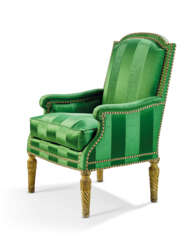





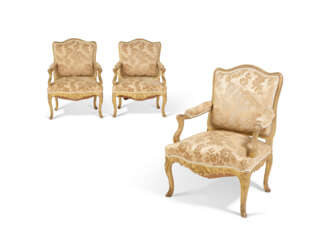








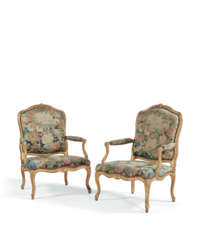

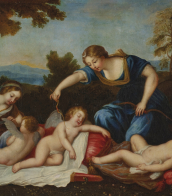
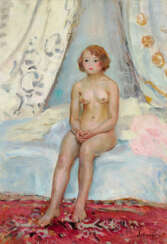

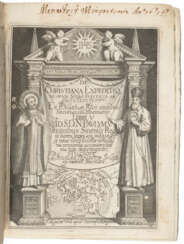









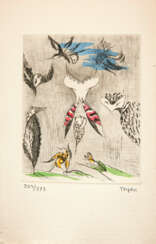


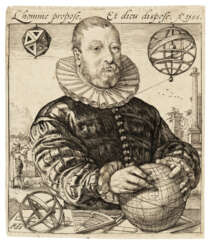






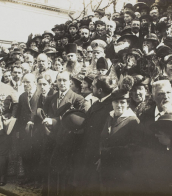
![[LA MAIN À PLUME]](/assets/image/picture_2426824/7020a/cb1733c75d159427dd498712da96fbf8jpg__fix_374_244.jpeg)
![[LA MAIN À PLUME]](https://veryimportantlot.com/assets/image/picture_2426824/7020a/cb1733c75d159427dd498712da96fbf8jpg__fix_374_244.jpeg)
![RONSARD, Pierre de (1524-1585). Les Œuvres de P. de Ronsard Gentilhomme Vandomois, rédigées en [5] tomes… Paris : Gabriel Buon, 1571.](/assets/image/picture_1320810/8727d/c360db2445e1a326472b865e84c6c3291616454000jpg__fix_374_244.jpeg)
![RONSARD, Pierre de (1524-1585). Les Œuvres de P. de Ronsard Gentilhomme Vandomois, rédigées en [5] tomes… Paris : Gabriel Buon, 1571.](https://veryimportantlot.com/assets/image/picture_1320810/8727d/c360db2445e1a326472b865e84c6c3291616454000jpg__fix_374_244.jpeg)
